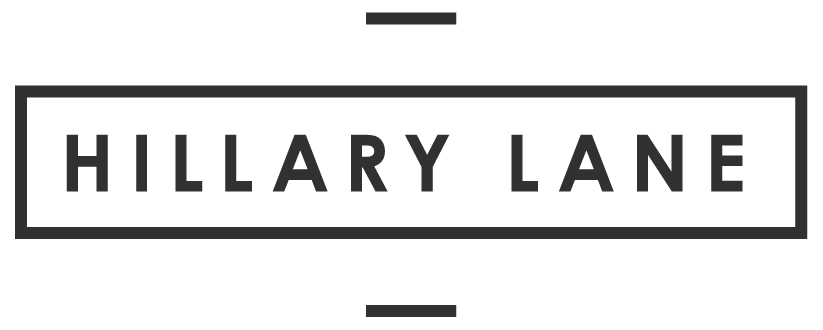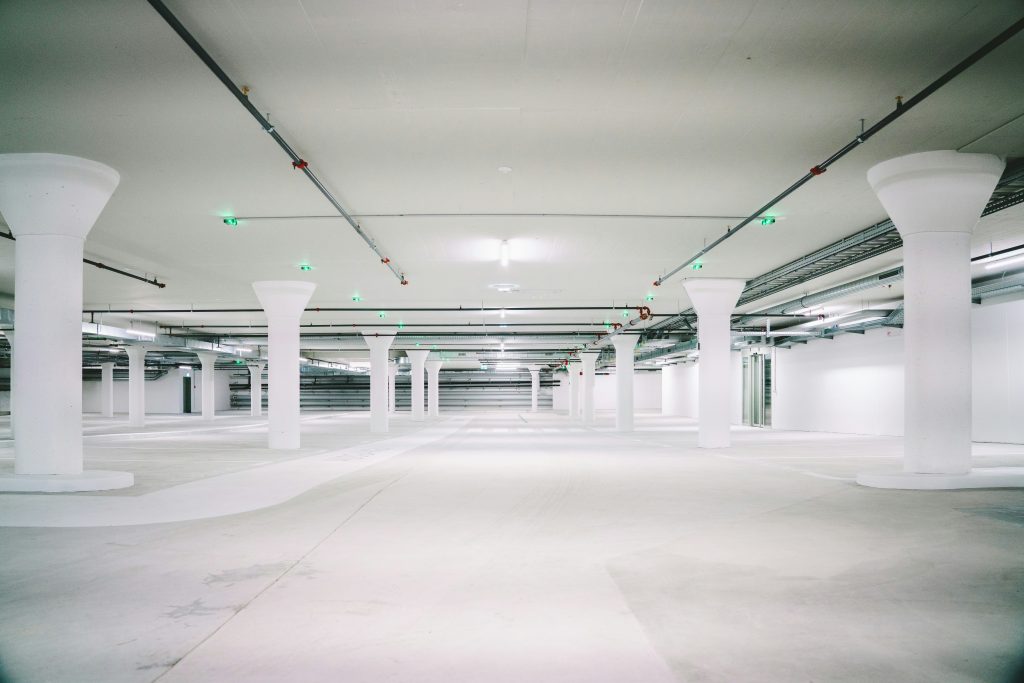It seems that even when housing prices drop and inventory is up, buyers just can’t seem to get a break. Although current conditions are helping return some balance to the reign of the seller’s market, higher borrowing costs are drastically reducing affordability. Sellers are also feeling the pinch as they see average prices tumbling, and many of those who tried to time the market are regretting not selling in February. While some sellers have the option to wait out the current conditions, others are opting to sell and taking their chances now. Here’s why we could be entering a “wait and see” summer.
The numbers are in and there’s no bones about it, we’re looking at a whiplash-inducing reduction in prices. June clocks in at an average of $1,146,254, down 5.5% from $1,214,806 in May and February’s peak of $1,334,554. June 2022 is still 5.3% above June 2021, but it’s a considerable softening from the fast and furious start to the year. Additionally, sales are down significantly, 11.1% month-over-month and down 41.4% from the record of June 2021, the lowest sales volume in June in two decades. New listings are down significantly from May as sellers grow increasingly tentative but they are still in line with June averages. Active listings are up as a result (especially compared to the same time last year), since inventory is much slower to move than we’ve seen in decades. This lands us squarely in buyer’s market territory with a Sales to New Listings Ratio (SLNR) of 40% (low number of sales taking inventory off the market compared to high number of new listings coming to market).
What’s very important to remember here is that all these stats are a combined look at York, Durham, Halton, Peel and Toronto proper. The market continues to be much more nuanced when you examine specific regions and even down to particular neighbourhoods and types of homes. For example, even though Toronto prices are down 4.7% from Feb, they are still up 12.6% since Dec 2021. All four other regions are down 5.4%-8.2% since the end of last year.
What might be happening here? A lot of folks had knee-jerk COVID reactions. Feeling claustrophobic and assuming an endless work-from-home future, they fled the city in droves. As we return to the dreaded office commute (which feels worse than ever before), as the challenges of rural living are settling in (such as snow removal in the winter), and as the realities of communities hastily chosen have revealed themselves, we are seeing a renewal of enthusiasm for close proximity to the city. And of course, Toronto saw a much more moderate price growth during the COVID years compared to the other four regions, so they have a smaller peak to fall from.
As global uncertainty increases, inflation/trade challenges continue and interest rates climb, we could continue to see a further softening followed by stabilization of prices in the summer and the fall. If you’ve been waiting for the right time to buy, then this might be your chance. Many buyers are taking a step back to assess, watch the dust settle and calculate their next move. But with interest rates imminently poised to increase again, many folks may be surprised to see their purchasing power decrease more than the market softens. If you’re considering buying in the next year, it’s best to immediately reach out to your mortgage advisor and understand the particulars of your situation so that you don’t overshoot your target.
Photo by Adam Vradenburg on Unsplash






